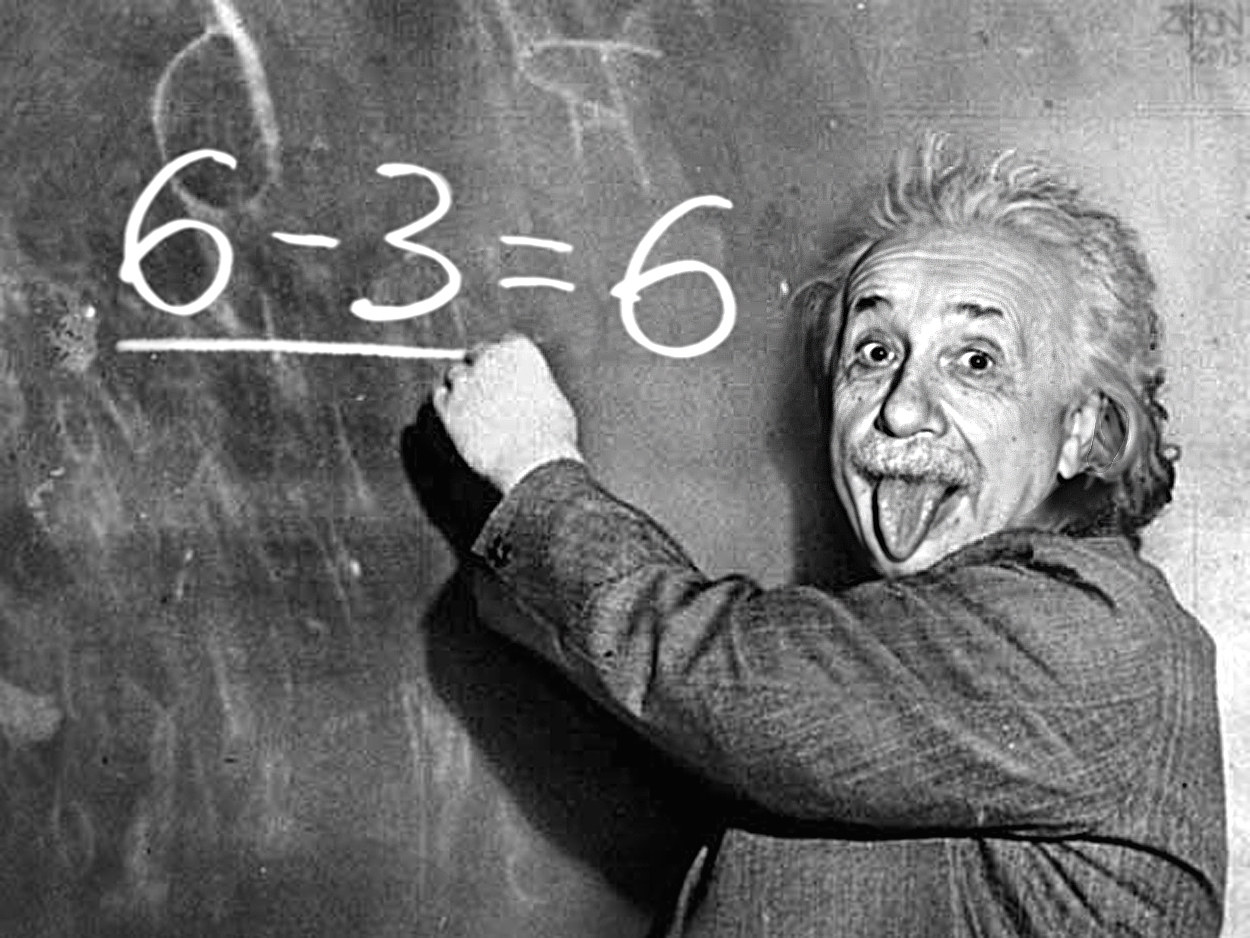The BEER algorithm (Beaming effect with Ellipsoidal
and Reflection/emission modulations) was used to discover a new planet
(Kepler-76b) with earth like qualities. This planet’s existence was confirmed
through more traditional methods. What is unique about this instance is that it
sheds further credibility on Einstein’s Theory of Relativity. The planet is one
of the first to show super-rotational (surface rotation such as clouds, wind,
etc…) evidence in the Kepler band area of space.
The planet exists in the constellation Cygnus which
is around 2,000 light-years from Earth. The size of the planet is approximately
1.25X the size of Jupiter. As this planet moves around its star it maintains
the same angle and face to this planet. This means the same side always is
pointed toward its mother star as it rotates around the planet.
Researchers from Tel Aviv University and
Harvard-Smithsonian Center for Astrophysics used the Kepler Space Telescope to
view the star from three effects as it moved through its orbit.
Three Effects:
-Beaming/Doppler Boosting: The changes in light
radiance that occur when gravity pushes and pulls the light beams.
-Gravitational Tides: When viewed from certain
angles the planet can seem larger or smaller.
-Starlight Reflection: Detecting the reflection of
light on the planet.
The Theory of Relativity encourages an understand that as the
light moves closer to us it will become brighter and as it moves away from us
it will be less bright. By using the telescope and the BEER algorithm
scientists were able to determine these differences and narrow in on a planet. They
then use other methods to verify its existence.
 |
| Source |
The basic Theory of Relativity postulates that space
and time should be seen together.
Objects are relative to each other. As objects are in motion in relation
to other objects in motion they are as though they are standing still. Specific
Relativity indicates that the law of physics is the same for all non-accelerated
observers. The theory moves on to explain how gravitational pulls can bend
light and distort trajectories. It is this distortion of light that had led to a new methodology of understanding our solar system.
Additional Reading:
No comments:
Post a Comment